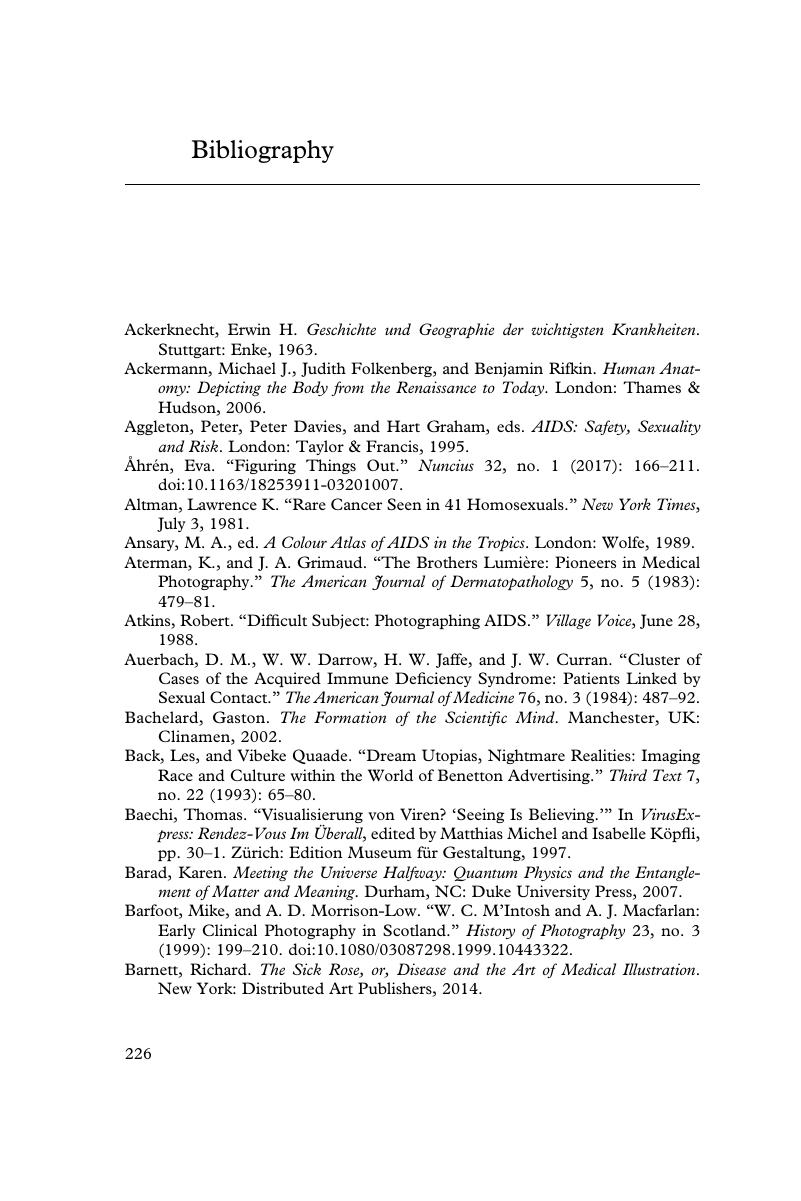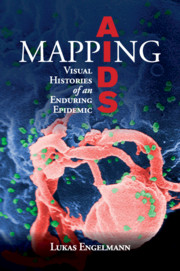Bibliography
Published online by Cambridge University Press: 05 November 2018
Summary

Information
- Type
- Chapter
- Information
- Mapping AIDSVisual Histories of an Enduring Epidemic, pp. 226 - 246Publisher: Cambridge University PressPrint publication year: 2018
